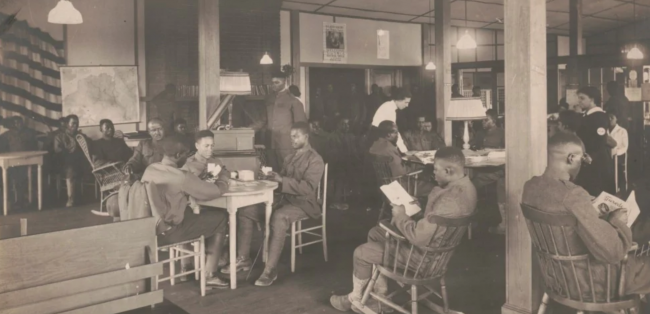
Much of the violence of Red Summer was directed against Black soldiers returning from WWI, such as these soldiers at a YWCA Hostess House. Source: Library of Congress
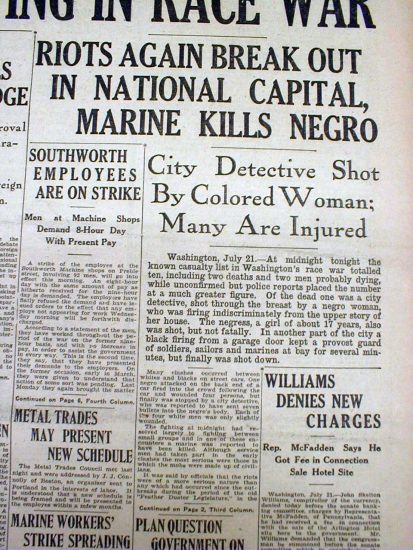
Newspaper article about riot.
On Saturday, July 19, 1919 a major “race riot” broke out across Washington, D.C. as white mobs attacked the African American community and African American soldiers returning from WWI. The mob was retaliating against an alleged assault of a white woman, Elsie Stephnick, by a Black man, Charles Ralls.
Elsie’s husband was a white, civilian employee of the navy. Hundreds of white sailors, soldiers, and marines formed “a mob in uniform.”
Charles Ralls was found late Saturday evening. David Krugler writes in 1919, The Year of Racial Violence,
The mob spotted Ralls walking with his wife and began beating them. The couple broke free and bolted home, shots ringing out behind them. The mob tried to break in, but Ralls’ neighbors and friends rallied to his defense — a return fusillade scattered the mob and wounded a sailor. Servicemen fired back as Black residents locked their doors and prepared to defend their homes. [p. 73]
On Sunday, July 20, the violence continued to grow, in part because the seven-hundred-member Metropolitan Police Department failed to intervene. African Americans faced brutal beatings in the streets of Washington, at the Center Market on Seventh Street NW, and even in front of the White House. By the late hours of Sunday night, July 20, the African American community began to fight back. While there were no reported casualties that night, dozens were hospitalized. The Washington Post stoked the fires on Monday with an incendiary front-page story that included a notice about a 9 p.m. assembly for servicemen to finish what they had started, an assembly that would “cause the events of the last two evenings to pale in to insignificance.”
Black Washingtonians took the Post article seriously. They requested official protection from the government, but the state and federal government officials refused. They responded by preparing for an attack by arming themselves. When the police found out that arms dealers sold around 500 firearms that day, they shut down legal gun sales and residents turned to the black market. The violence that broke out Monday night between Black Washingtonians, armed for self-defense, and enraged white Washingtonians, many of them uniformed military men, lasted through Tuesday.
After four days of violence and lukewarm interest by the police to stop the mob, President Woodrow Wilson finally ordered nearly two thousand soldiers from nearby military bases into Washington to suppress the rioting. The violence resulted in approximately multiple deaths [we found reports from 4 to 38 on the number] and over 100 injuries suffered by individuals of both races. The riot was one of twenty “race riots” across the nation during the so-called Red Summer, but was distinguished by strong and organized Black resistance to white violence.
[Description excerpted and adapted from 1919, The Year of Racial Violence by David Krugler and from Blackpast.org]Find a critique of textbook coverage of Red Summer, a lesson for high school on the related Tulsa Massacre, books on Red Summer, and more resources below.

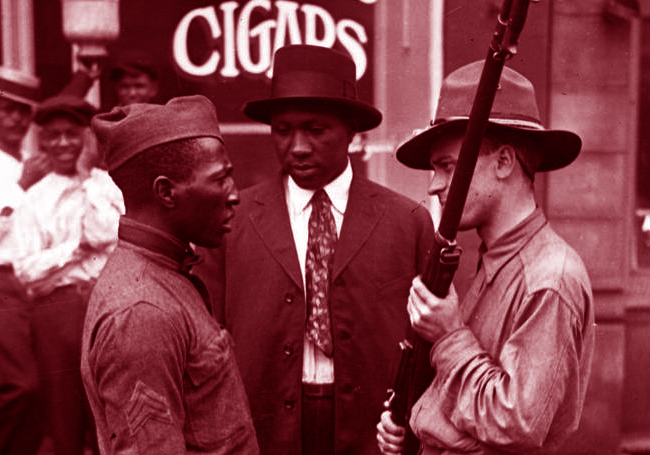
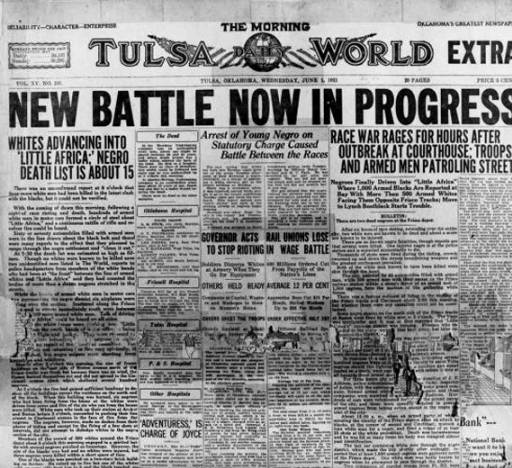
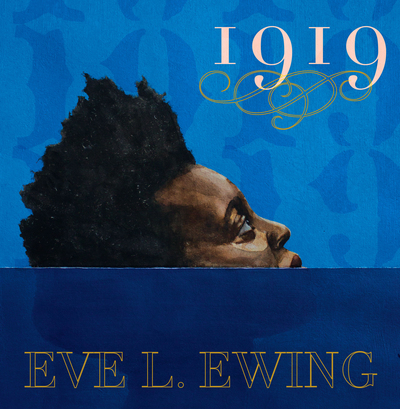
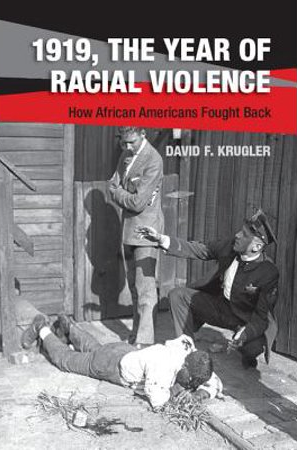
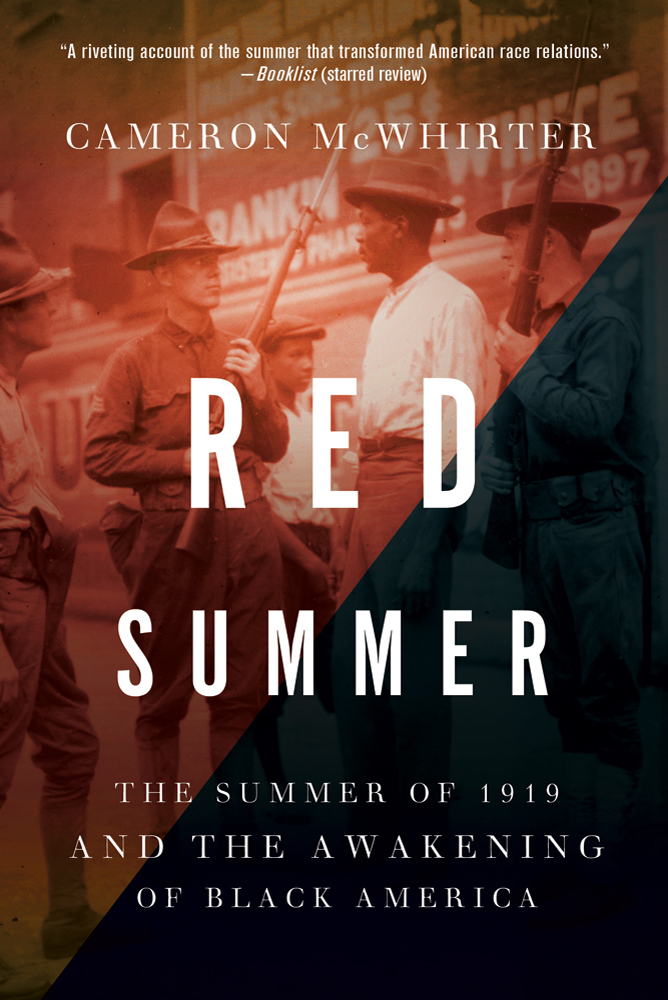
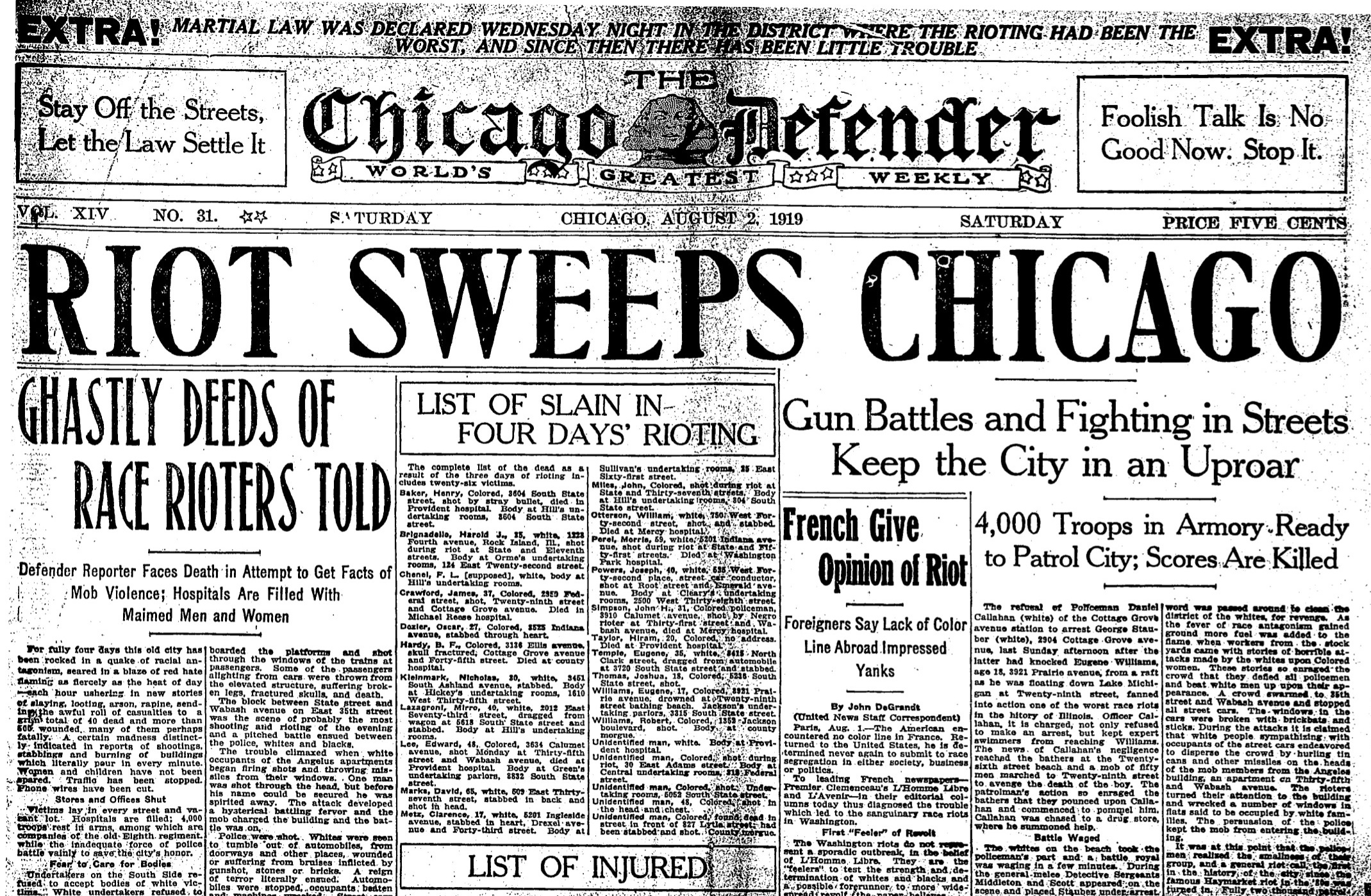
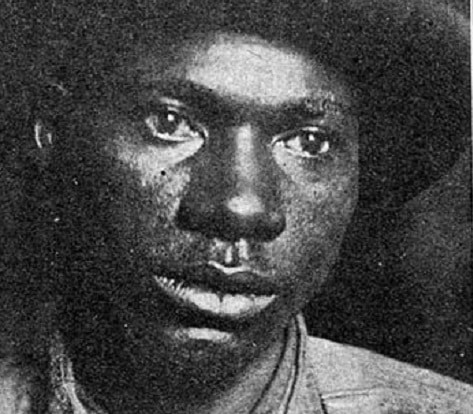
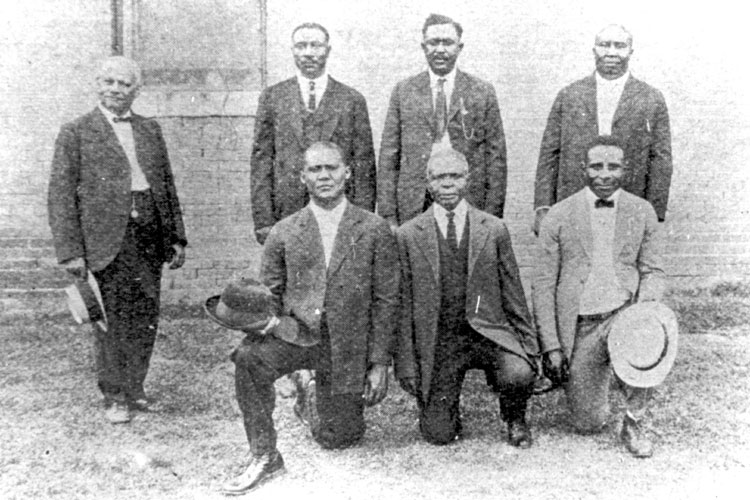
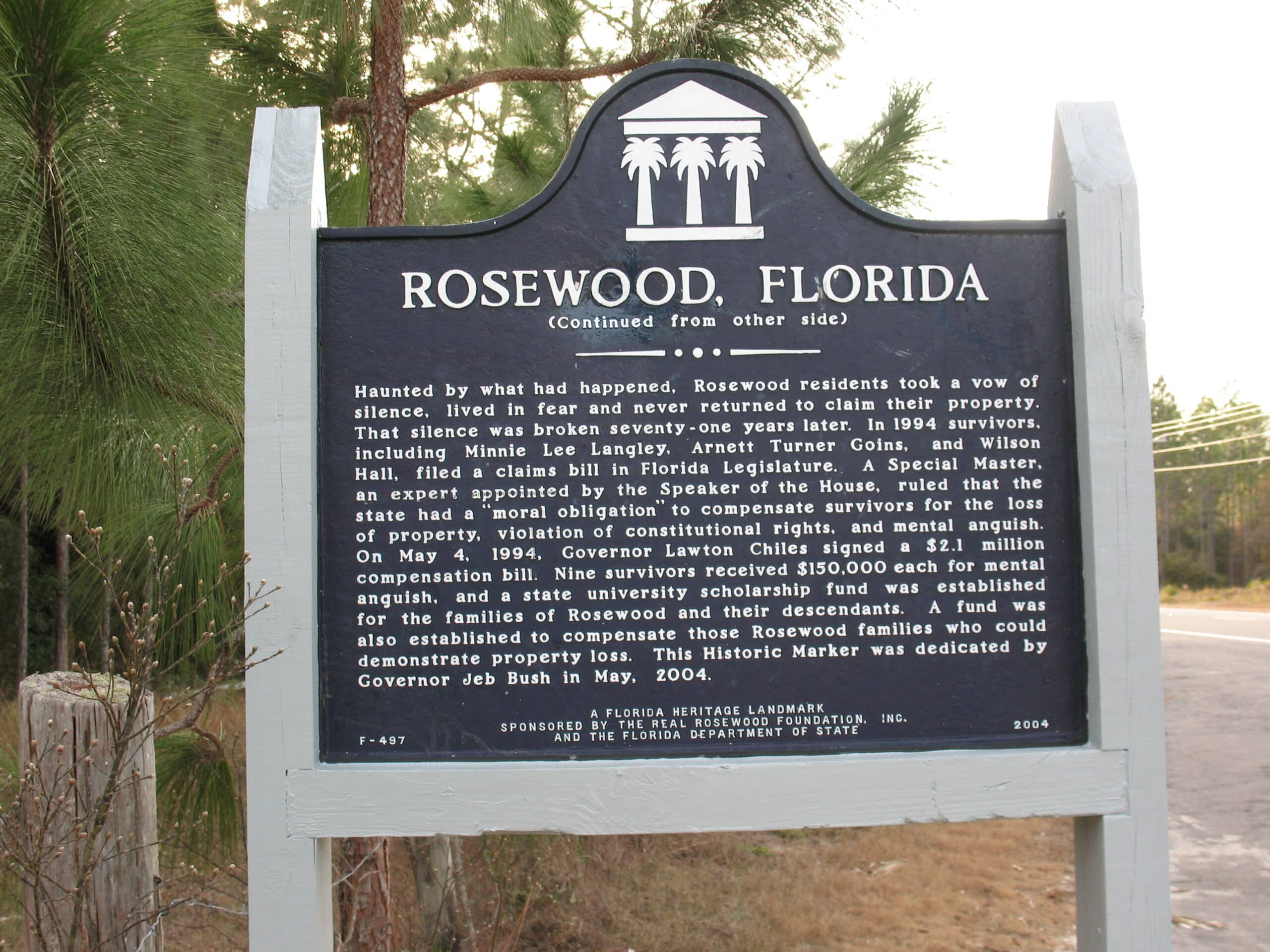





Twitter
Google plus
LinkedIn